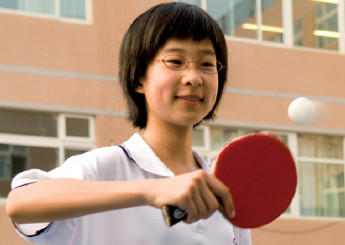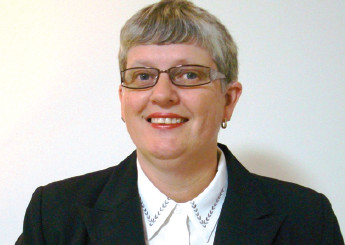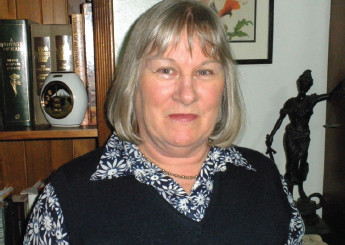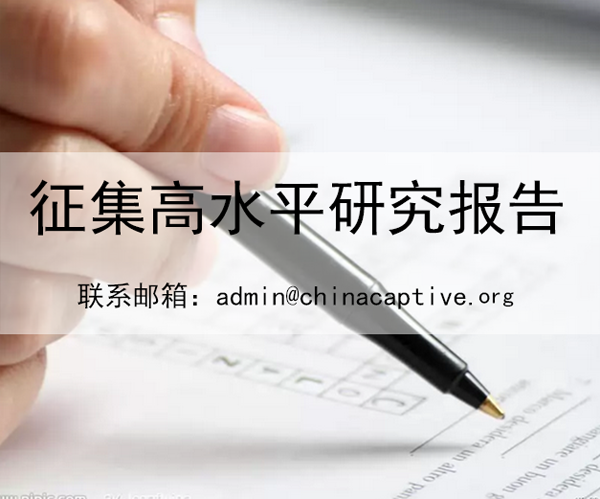2016年01月24日
Delivering over three decades of implant innovation to hundreds of thousands of people worldwide. Cochlear is built upon a foundation of success.
1967 Graeme Clark
Inspired by his close relationship with his deaf father, Graeme Clark begins researching the possibilities of an electric implantable hearing device. A young Clark (pictured in back) in Australia in 1949 with his parents and younger siblings.

1977 Mona Andersson was the first recipient of the Baha bone conduction implant, Gothenburg, Sweden.
"I remember how excited I felt after the first fitting" Mona recalls, "because for the first time since childhood I could actually hear the birds singing."

1978 Rod Saunders was the first research multi-channel cochlear implant recipient
Rod Saunders was the world's first cochlear implant recipient to show the benefit of multi-channel stimulation. After his sound processor was turned on, Rod excitedly jumped up and saluted, indicating that he could hear "God Save the Queen" being played to him. It works! Clinical data from Rod's implant drive the cochlear implant industry.

1982 Graham Carrick, aged 37 years, was the first commercial Nucleus cochlear implant recipient.
The ability to hear again marked a life changing moment for Graham, providing him with confidence and hope. "Giving people hearing is giving them life" he said.

1987 Holly McDonnell, at the age of four, was the first paediatric recipient of the commercial Nucleus cochlear implant.
She still has her original implant and has had five sound processor upgrades. "With my cochlear implant, I was able to happily attend mainstream schools and successfully achieve my own personal and career goals" said Holly at age 26.

1997 Mengwen Kang, at age three, was the first paediatric recipient in China.
After Mengwen received her implant, her mother said, "My daughter's speech is much clearer than before and she is now in the top third of her class."

2001 Marije Maijer, at age four months, was one of the first Baha Softband recipients.
The first Baha Softband received FDA approval in 2002. Marije's parents are so happy with her progress and explain, "We have seen a huge difference in the way Marije responds to us and to her surroundings since she has been wearing the Baha Softband."

2002 Baha system introduced to treat single-sided deafness in the USA
"Baha makes it effortless to hear at work" says Anne-Marie. "Now, since I have no 'bad-side' I'm able to be more active and involved in discussions. And I never miss a joke!"

2009 Faye Yarroll was the first Nucleus 5 upgrade recipient.
She is also a bilateral cochlear implant recipient. "Nucleus 5 allows me to hear better in a noisy situation with improved sound quality. I love the remote assistant with Auto Telecoil", Faye comments.

2009 Donna Brown is the first bilateral Cochlear Hybrid recipient.
A major benefit for Donna is the ability to hear and communicate in all situations which were previously very difficult. "Soft voices, accents, people who mumble and don't speak clearly - I'm now able to hear them" she remarks. "These include frail elderly people I care for at work and the soft voice of my neighbour's six-year-old son."

2010 Jack Walley is the oldest cochlear implant recipient (102 years old).
In 1991, at age 83, Jack received his Nucleus 22 implant at the University Hospital in Birmingham, UK. Jack's daughter Pat says "The cochlear implant changed his life completely. Dad has always been keen on music and electronics - mending televisions and radios was his hobby. Once he found out about cochlear implants, there was no stopping him from having one."



